This guide will explore a selection of plants that can be successfully sown in June across various zones in Australia, focusing on suitable vegetables, flowers, herbs, and landscape options.
Vegetables To Plant
June may usher in colder temperatures, but it is still a prime month for planting a variety of hardy vegetables. Depending on your specific location—as USDA zones can range significantly across the country—this section will highlight vegetables that flourish in winter conditions, ensuring your garden continues to produce fresh, nutritious food.
Peas (Pisum sativum)
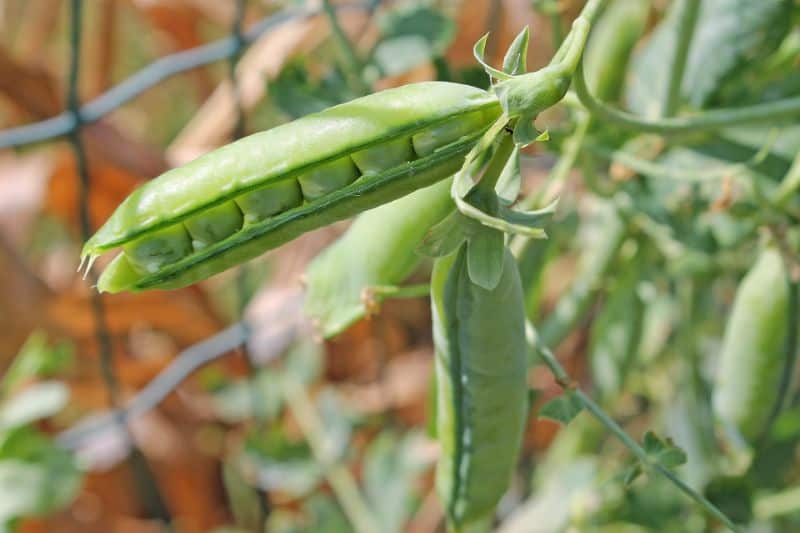
Peas are a classic winter planting choice in Australia. Ideal for USDA zones 8 to 10, they thrive in well-drained soil and prefer temperatures between 10°C to 20°C (50°F to 68°F). Planting in June takes advantage of the soil’s natural moisture, which is crucial for germination.
Growing Detail: Peas require a trellis or support system as they grow, adding vertical structure to your garden. They are nitrogen-fixing plants, contributing to soil health. Regular watering, especially during dry spells, and mulching can help maintain soil temperatures.
Broccoli (Brassica oleracea var. italica)

Broccoli is another cold-tolerant vegetable that can be sown in June. As a member of the Brassica family, it thrives in cooler temperatures, ideally between 15°C to 20°C (59°F to 68°F). This vegetable performs well in USDA zones 7 to 10.
Growing Detail: To cultivate broccoli, choose a sunny plot with rich, well-drained soil. Provide adequate space between seedlings to allow for optimal growth, and remember that broccoli benefits from rotation cropping to prevent disease build-up.
Carrots (Daucus carota)
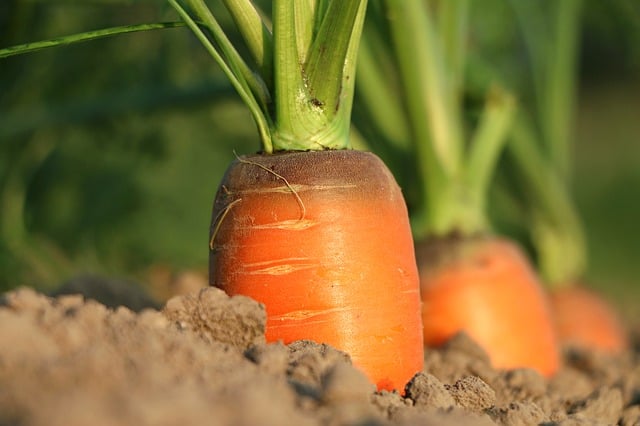
Carrots are hardy root vegetables that can be sown direct in the ground during June. Ideal soil temperatures for germination range from 7°C to 30°C (45°F to 86°F), making them perfect for areas in USDA zones 8 to 10.
Growing Detail: Direct-seeded once the soil has warmed slightly, carrots prefer loose, sandy soils free of rocks. Thinning plants as they grow ensures that remaining carrots have enough space to develop further. Regular watering will support root development.
Spinach (Spinacia oleracea)
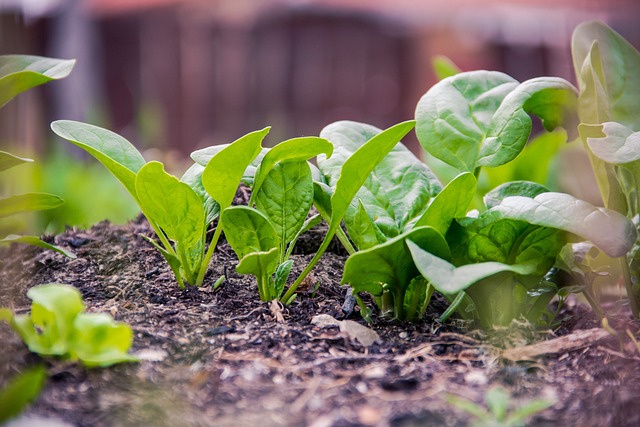
Spinach is an excellent choice for a winter crop. It grows well in cooler temperatures, ideally from 5°C to 20°C (41°F to 68°F), making it suitable for almost all Australian climates, particularly USDA zones 7 to 10. June is the perfect time to start sowing spinach for a bountiful harvest.
Growing Detail: Spinach grows quickly, enabling successive sowings. It enjoys full sun but can tolerate partial shade. Regular harvesting encourages new growth, so picking older leaves ensures you maximize your yield.
Lettuce (Lactuca sativa)

Lettuce varieties, especially butterhead and romaine, can be sown in June across various USDA zones. They generally prefer cooler conditions and can thrive in temperatures as low as 5°C (41°F).
Growing Detail: Lettuce should be planted in well-drained, rich soil and watered regularly to prevent bolting. Consider using shade cloth on particularly sunny days to prolong their growth cycle.
Onions (Allium cepa)
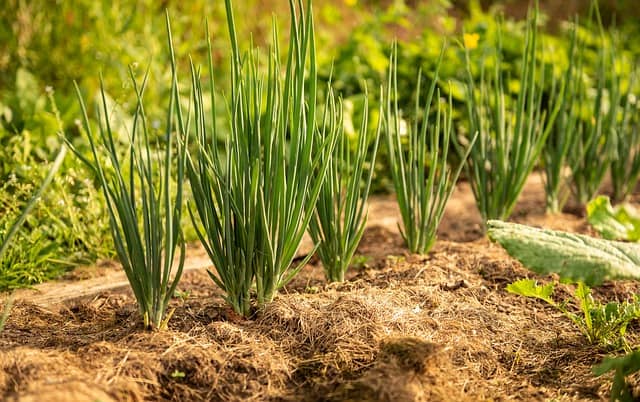
June is an ideal month to plant onion sets or seedlings in many parts of Australia. They grow well in USDA zones 7 to 10, with temperatures ideal between 10°C to 25°C (50°F to 77°F).
Growing Detail: Onions benefit from enriched soil, so it’s wise to incorporate compost beforehand. Spacing the seedlings correctly helps air circulation, thereby reducing fungal diseases that can harm young plants.
Cauliflower (Brassica oleracea var. botrytis)

Cauliflower is perfect for a June sowing, enjoying cool weather with optimal temperatures ranging between 10°C to 20°C (50°F to 68°F). It flourishes in USDA zones 7 to 10.
Growing Detail: Choose a rich, well-drained soil bed with good sunlight exposure. Topping the plants frequently helps produce larger heads. Regular watering and nutrient-rich fertilization are key to successful growth.
Garlic (Allium sativum)
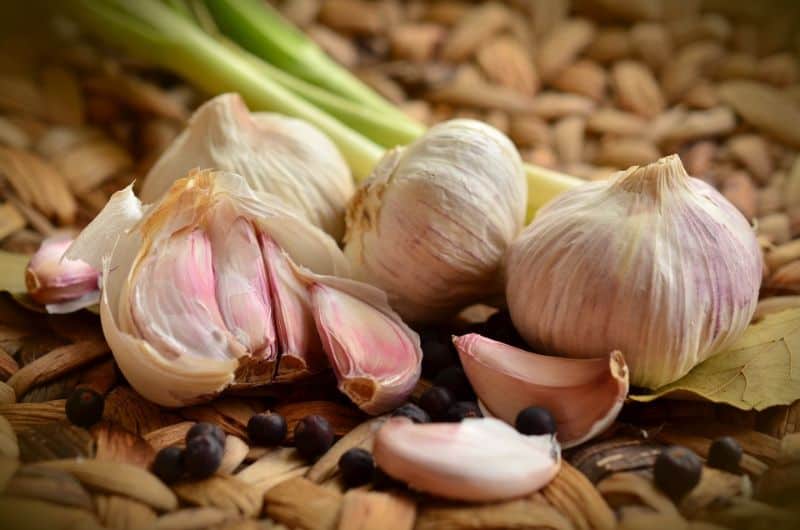
Garlic is traditionally planted in Australia in June, allowing it to establish before the coldest months. It thrives in USDA zones 8 to 10, preferring soil temperatures between 5°C to 15°C (41°F to 59°F).
Growing Detail: Break the bulb into cloves and plant each one with the pointed side up. Garlic appreciates well-drained, nutrient-rich soil, and mulching can help maintain moisture and control weeds.
Brussels Sprouts (Brassica oleracea var. gemmifera)
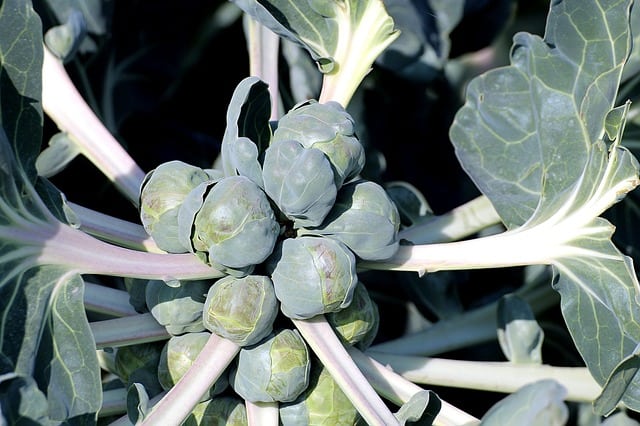
Brussels sprouts are well-suited for winter planting in June in temperate regions of Australia. They thrive in cooler temperatures and can be planted in USDA zones 7 to 10.
Growing Detail: Spacing is key to promote air circulation, preventing diseases. Regular upkeep, such as removing lower leaves to direct energy to sprout growth, is essential.
Kale (Brassica oleracea var. sabellica)
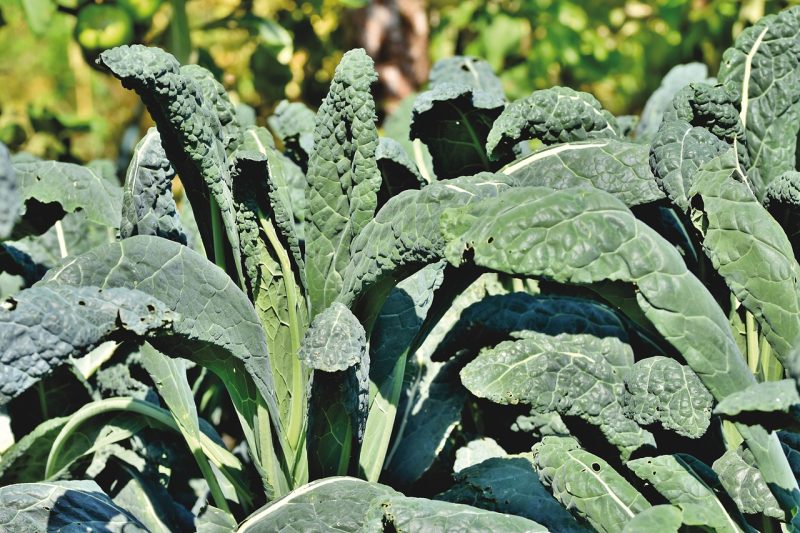
Kale is another cold-hardy green that can be planted in June. It performs best in USDA zones 7 to 10, benefiting from temperatures between 5°C to 20°C (41°F to 68°F).
Growing Detail: Kale thrives in well-drained soil and full sun but can tolerate partial shade. Regular harvesting promotes new leaf development, and kale continues to improve in flavor after light frosts.
Flowers To Plant
While the vegetable patch is important, don’t forget about the aesthetics of your garden during June. Flowering plants can bring new life and color, even in the cooler months, with many varieties perfectly suited to this time of year.
Pansies (Viola tricolor var. hortensis)
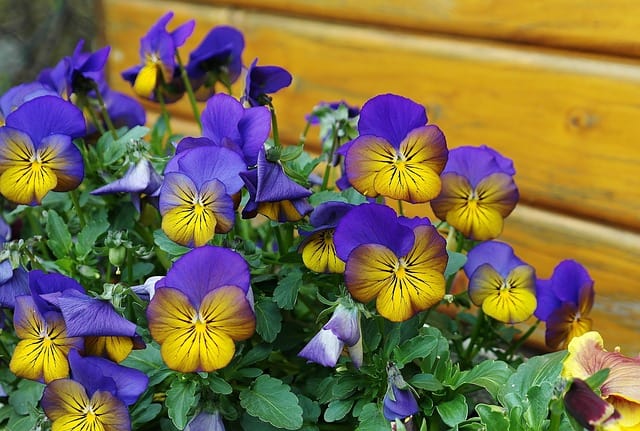
Pansies are one of the most cheerful and adaptable flowers to plant in June. These hardy annuals in USDA zones 8 to 10 thrive in cooler temperatures, enhancing garden beauty even in winter.
Growing Detail: Pansies require well-drained soil and full sun but can tolerate partial shade. They are great for borders, containers, and hanging baskets. Regular deadheading promotes new blooms.
Snapdragons (Antirrhinum majus)
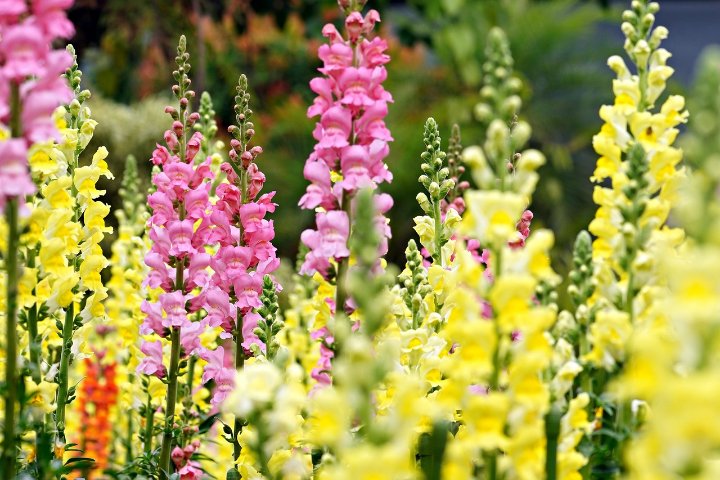
Snapdragons are vibrant additions to winter gardens, ideal for planting in USDA zones 8 to 10 during June. They thrive in cooler weather, preferring temperatures between 10°C to 20°C (50°F to 68°F).
Growing Detail: When planting snapdragons, good air circulation is crucial to prevent mildew. Pinching back the tops encourages bushier growth and potentially more blooms.
Sweet Peas (Lathyrus odoratus)
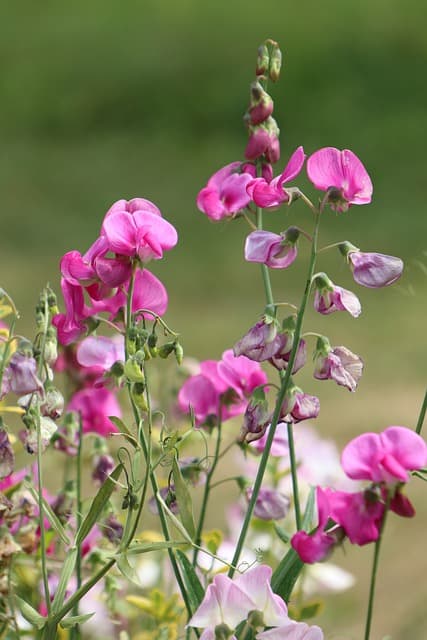
Sweet peas not only have a delightful fragrance but also bring a splash of color. June is the perfect time to sow them across USDA zones 8 to 10, as they prefer cooler conditions.
Growing Detail: These climbing plants require a trellis or support structure to grow properly. Their need for regular watering and well-drained soil is vital for vibrant flowering.
Primulas (Primula spp.)
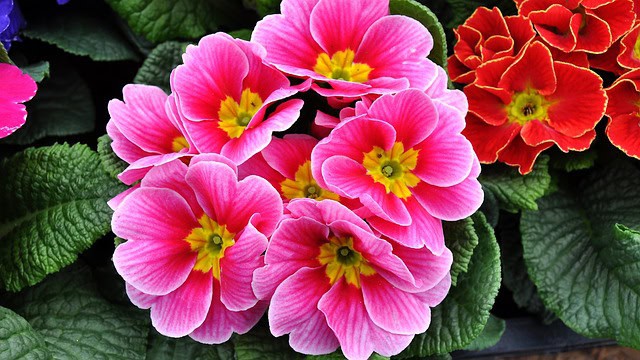
Primulas are hardy flowers that excel in the cooler months. June is the perfect time to plant them in USDA zones 9 to 10, where temperatures are kept cool and moist.
Growing Detail: They perform well in shade and well-drained soil. Watering is essential to prevent wilting and prolong blooming periods. Multiple colors are available to brighten gardens.
Iceland Poppies (Papaver nudicaule)
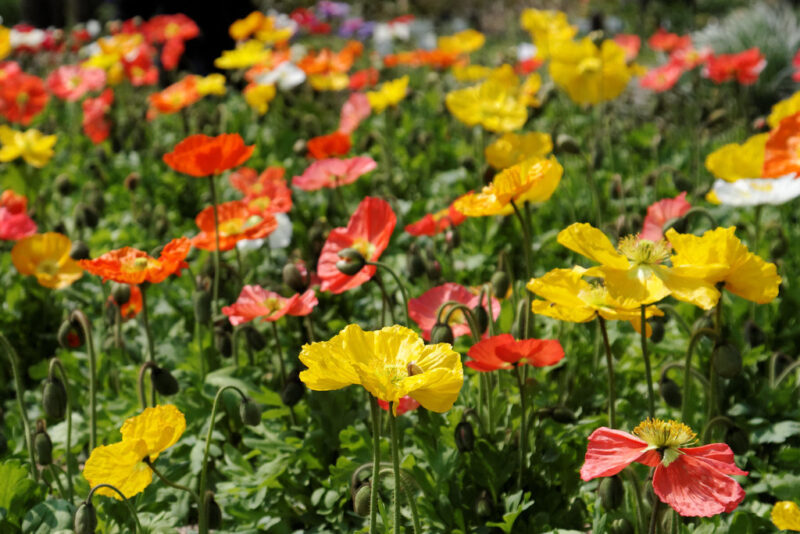
These delicate flowers can add splashes of color throughout winter in Australia. Ideal for USDA zones 8 to 10, they flourish in cooler temperatures.
Growing Detail: Iceland poppies prefer well-drained soil and full sun exposure. For optimal blooming, let them dry out slightly between watering to mimic their natural conditions.
Wallflowers (Erysimum cheiri)

Wallflowers add vibrant color to gardens during winter and can be planted throughout June in USDA zones 8 to 10. They thrive in cooler weather and are relatively no-fuss.
Growing Detail: They grow best in full sun and well-drained soils. Regular trim of spent flowers promotes further growth and prevents bolting.
Calendula (Calendula officinalis)
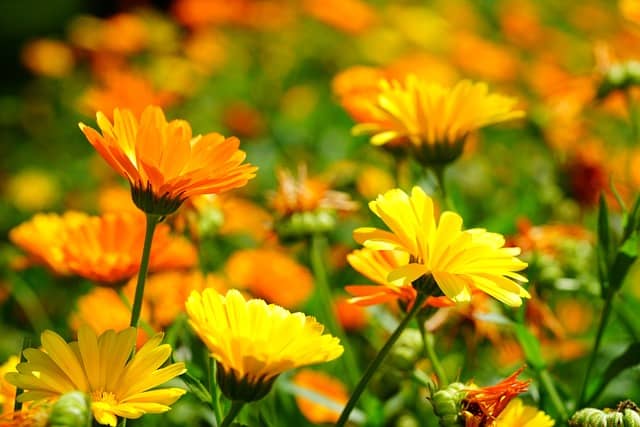
Known as pot marigolds, these flowers are ideal for planting in June due to their cold tolerance. They thrive in USDA zones 8 to 10 and lightweight, well-draining soil.
Growing Detail: Calendula benefits from consistent moisture, and deadheading encourages blooming. They can also be edible, adding both beauty and functionality to your garden.
Stock (Matthiola incana)
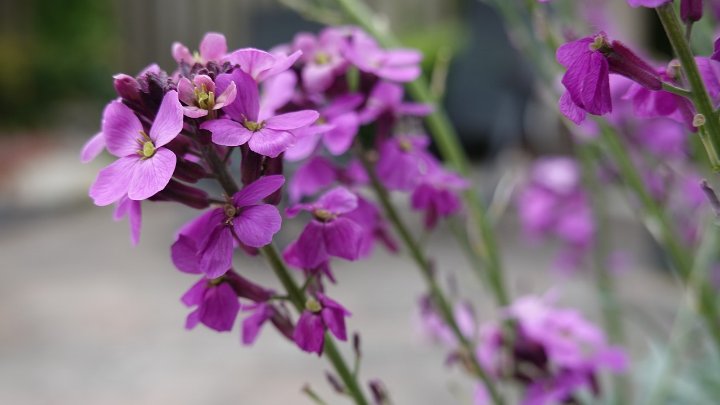
Stock flowers, known for their sweet fragrance, thrive in cooler climates and can be planted in June across USDA zones 8 to 10. They perform best in temperatures ranging from 10°C to 20°C (50°F to 68°F).
Growing Detail: With good air circulation and fertile, well-drained soil, stocks can thrive beautifully. Their robust fragrance can enhance any garden space dramatically.
Hellebores (Helleborus spp.)
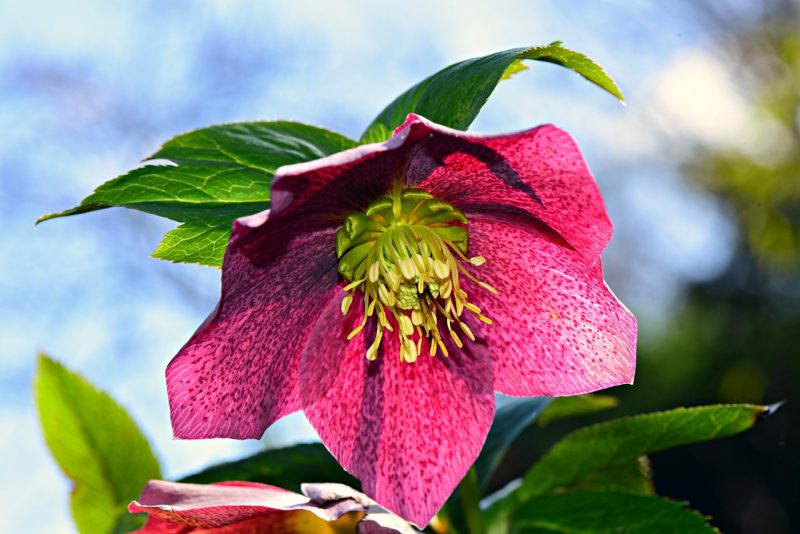
Hellebores are often among the first to bloom in spring, and planting them in June in USDA zones 8 to 10 allows them to establish roots effectively.
Growing Detail: They flourish in partial shade and well-drained soils and prefer slightly acidic conditions. These perennial plants bring life to your garden throughout the winter months.
Herbs To Plant
Herbs are not only useful in the kitchen but can also enhance your garden’s diversity and aesthetics. Many herbs thrive in June, even as temperatures dip, offering rich flavors and aromas for your culinary needs.
Thyme (Thymus vulgaris)
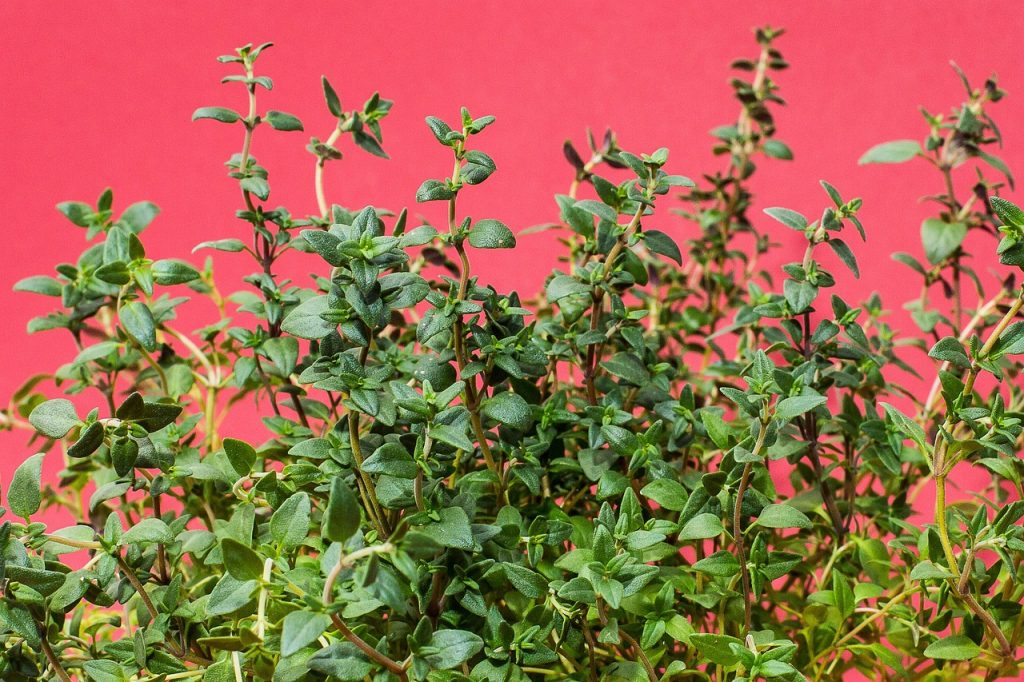
Thyme is a perennial herb that can be planted in June across many Australian regions. It prefers full sun and thrives in USDA zones 8 to 10, tolerating temperatures as low as -10°C (14°F).
Growing Detail: Well-draining soil is essential to prevent rot. Pruning back the herb encourages bushier growth and the development of robust flavors.
Chives (Allium schoenoprasum)

Chives are incredibly hardy and suitable for June planting in USDA zones 8 to 10. They thrive in well-drained soils and can handle a range of temperatures.
Growing Detail: Regular harvesting encourages fresh growth. Chives benefit from full sun but can tolerate light shade, adding both culinary and ornamental value to your garden.
Parsley (Petroselinum crispum)
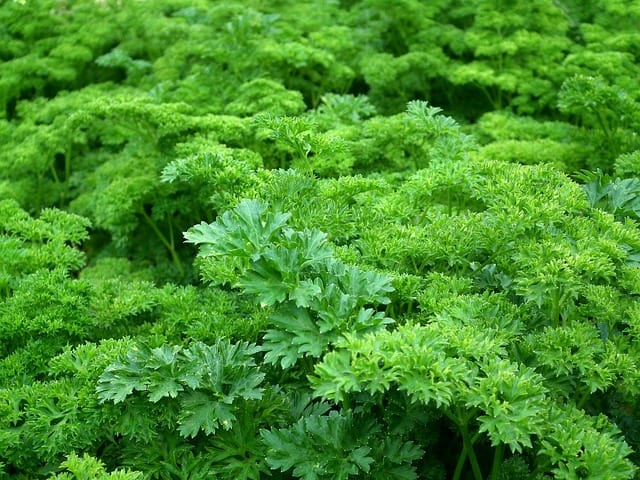
Parsley remains one of the most popular herbs for gardening in June. This biennial herb can be planted in USDA zones 8 to 10 and thrives in slightly cooler temperatures.
Growing Detail: Rich, well-drained soil with consistent moisture yields the best growth. Regular trimming will encourage more bushy, healthy growth.
Cilantro (Coriandrum sativum)
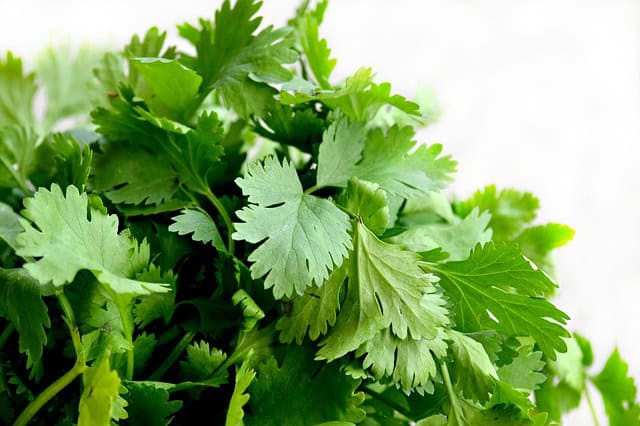
Cilantro is an annual herb that should be planted in June for continuous harvest throughout winter. It thrives in USDA zones 8 to 10 and prefers cooler temperatures.
Growing Detail: Cilantro generally requires well-drained, loamy soil with ample sunlight. Regular watering and harvesting the leaves encourage the plant to grow faster.
Oregano (Origanum vulgare)
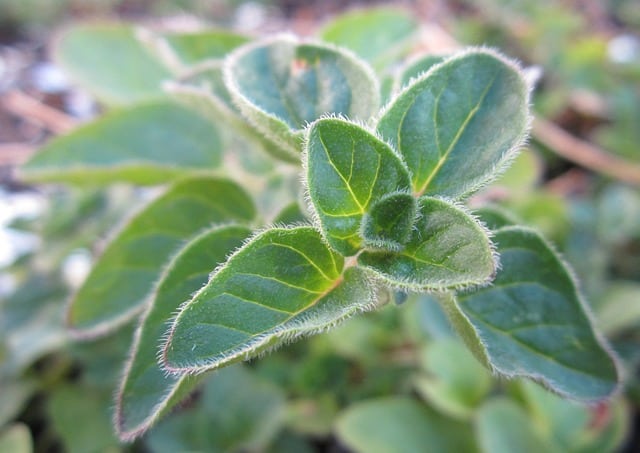
Oregano is another hardy perennial herb that you can plant in June in many Australian regions. Thriving in USDA zones 8 to 10, it can handle temperatures down to -5°C (23°F).
Growing Detail: This herb prefers well-drained, sandy soils and full sunlight. Regular trimming helps maintain bushy growth and prevents flowering, which can alter taste.
Rosemary (Salvia rosmarinus)
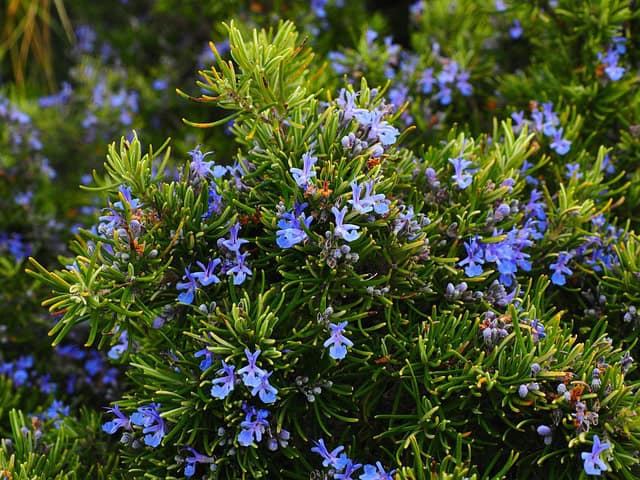
Rosemary thrives well in Australian gardens and is ideal for planting in June within USDA zones 8 to 10. It handles cooler weather but prefers mild winters.
Growing Detail: This herb requires well-drained soils and ample sun. It is drought tolerant once established but benefits from occasional watering during dry periods.
Sage (Salvia officinalis)
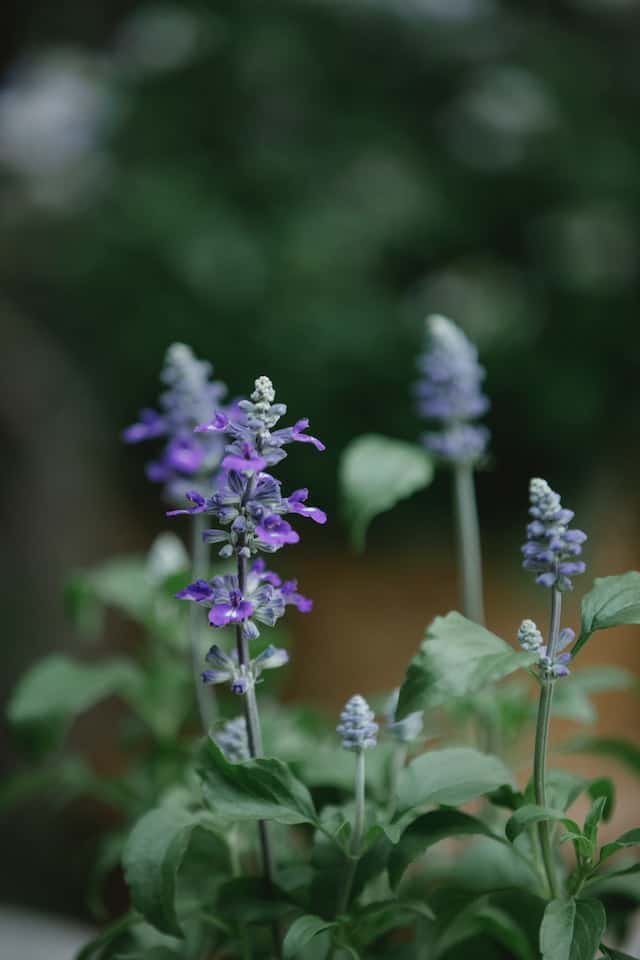
Sage is a versatile perennial herb that can be planted during June in USDA zones 8 to 10. It flourishes in temperatures as low as -5°C (23°F).
Growing Detail: With well-drained soil and regular pruning to avoid woody stems, sage thrives in full sun and can be used in culinary applications and garden aesthetics.
Basil (Ocimum basilicum)

While basil is typically a summer herb, some varieties can tolerate cooler conditions, making June a favorable planting time in regions that experience milder winters.
Growing Detail: Basil requires full sun and rich, well-drained soil. Regular harvesting encourages growth, and planting in a pot can help manage the temperature better.
Dill (Anethum graveolens)
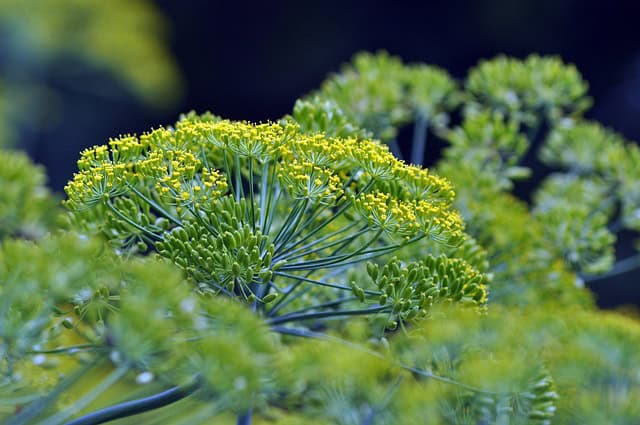
Dill is an annual herb that can be planted in June for flavor in cooking. Thriving in USDA zones 8 to 10, it does best in cooler temperatures.
Growing Detail: Dill requires well-drained soil and full sun exposure. Regular trimming encourages new growth and helps prevent it from becoming too leggy.
Mint (Mentha spp.)
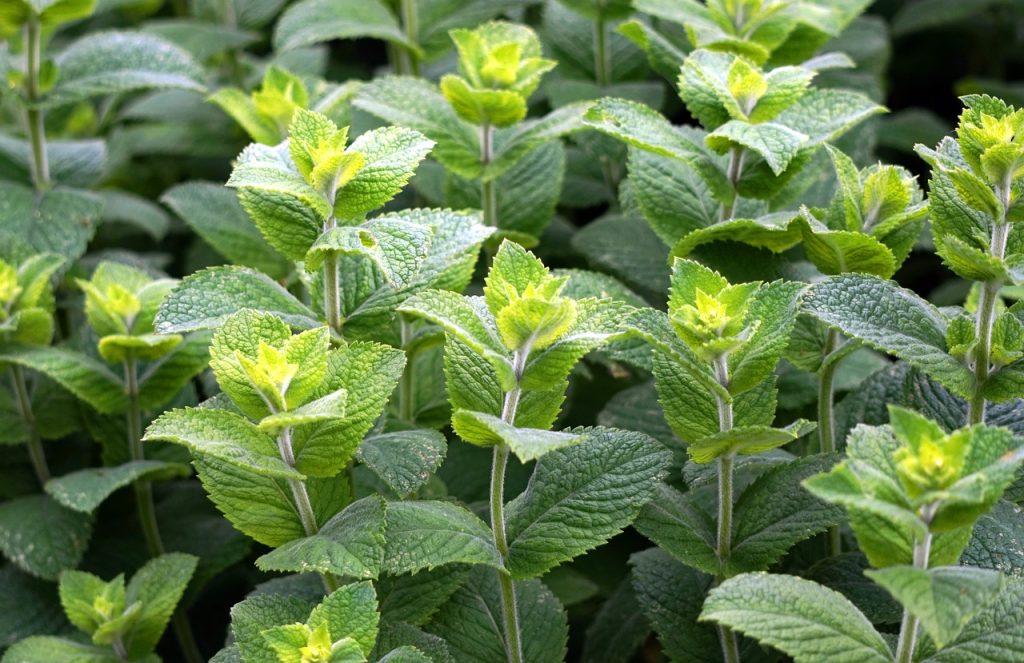
Mint is a hardy perennial herb that can be planted throughout June in various climates. Thriving in USDA zones 8 to 10, it enjoys cooler weather.
Growing Detail: Plant mint in a pot or designated area to prevent it from overtaking your garden as it can be quite invasive. Regular watering is essential to keep this aromatic herb flourishing.
Landscape Plants To Plant In June
Landscaping in winter may seem counterintuitive, but many trees, shrubs, and perennials can be planted this time of year. They benefit from the cooler soil and natural rainfall, establishing robust root systems before spring.
Camellias (Camellia spp.)
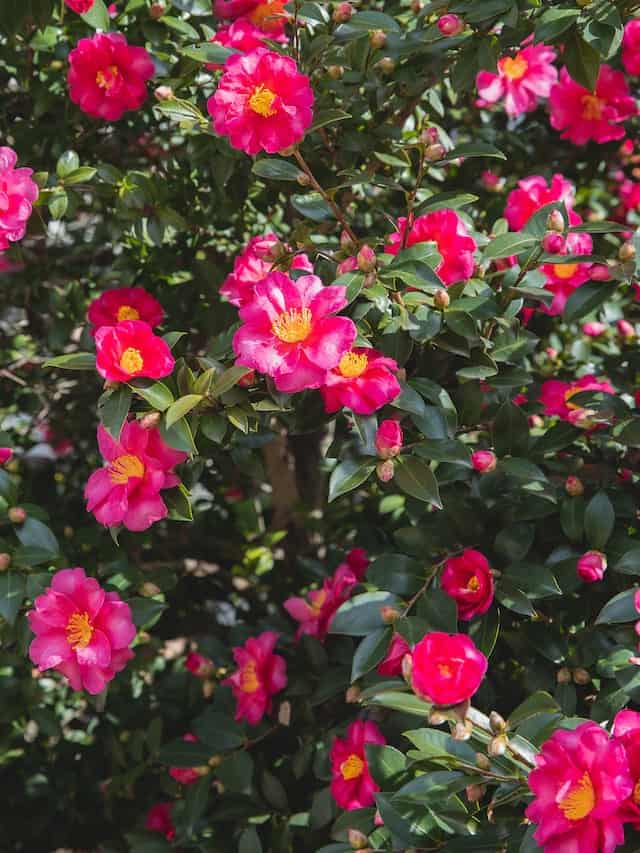
Camellias are evergreen shrubs perfect for planting in June across Australia, particularly in USDA zones 8 to 10. They flourish in cooler climates and provide spectacular blooms.
Growing Detail: They prefer well-drained soil with some organic matter and benefit from a slightly acidic environment. Mulching helps retain moisture during drier spells.
Conifers (Various Genera)

Planting conifers in June is a reliable way to establish a garden canopy or screen. These hardy plants thrive across various USDA zones, with cold tolerance depending on the species, often down to -15°C (5°F).
Growing Detail: Conifers require well-drained soil and should be spaced adequately to allow for growth. They offer year-round greenery, enhancing the landscape’s visual appeal.
Nandina (Nandina domestica)

Nandina, or heavenly bamboo, is a versatile shrub that thrives in USDA zones 8 to 10. Its hardiness and beauty, evident in its colorful foliage, make it an excellent June choice.
Growing Detail: Nandina prefers well-drained soils and works well in both full sun and partial shade. Regular pruning ensures a neat shape and encourages fresh growth.
Lavender (Lavandula spp.)
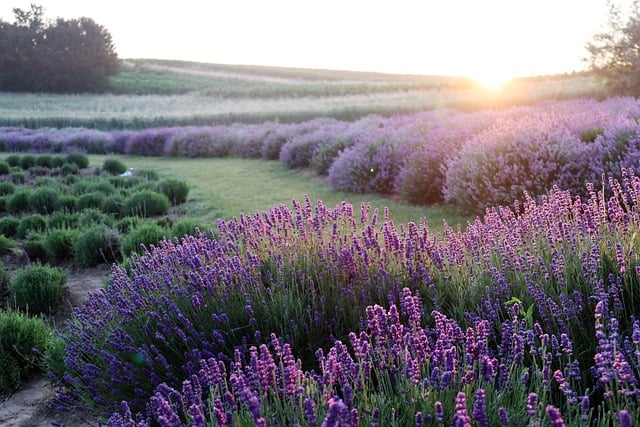
Lavender is a fragrant and hardy perennial that can be planted in June. It thrives in drought-tolerant areas of USDA zones 8 to 10 and enjoys full sun exposure.
Growing Detail: Lavender prefers sandy, well-drained soils. Regular pruning helps maintain shape and encourages dense growth while enhancing its aromatic properties.
Hydrangeas (Hydrangea spp.)

While most hydrangeas bloom in spring, June is an appropriate time to plant them, especially in USDA zones 8 to 10. Their beautiful blooms provide a lovely backdrop in any garden setting.
Growing Detail: Hydrangeas prefer moist, well-drained soils and partial shade. Regular watering is essential, especially during flowering periods.
Trees (Various Species)
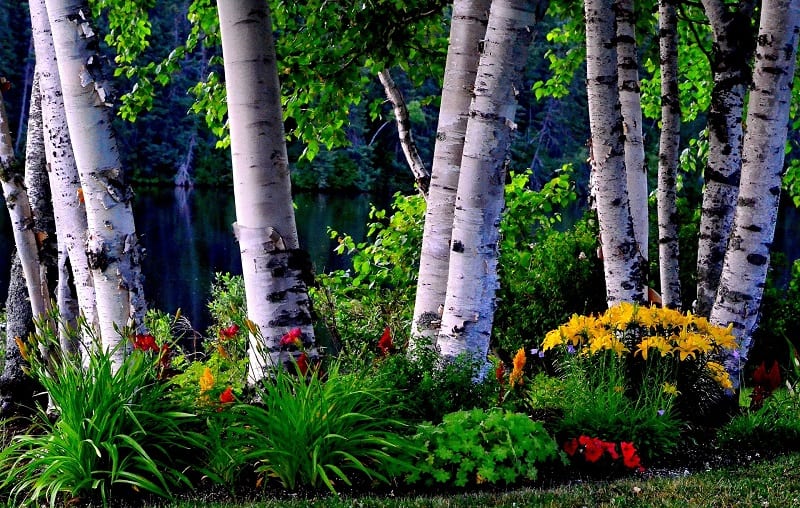
June is an excellent time for tree planting across many Australian regions. Various species, including deciduous and evergreen options, can establish robust root systems during cooler months.
Growing Detail: Choose trees that fit your climate and space. Ensure adequate mulching and watering to support young trees as they acclimate to their new environment.
Frangipani (Plumeria spp.)
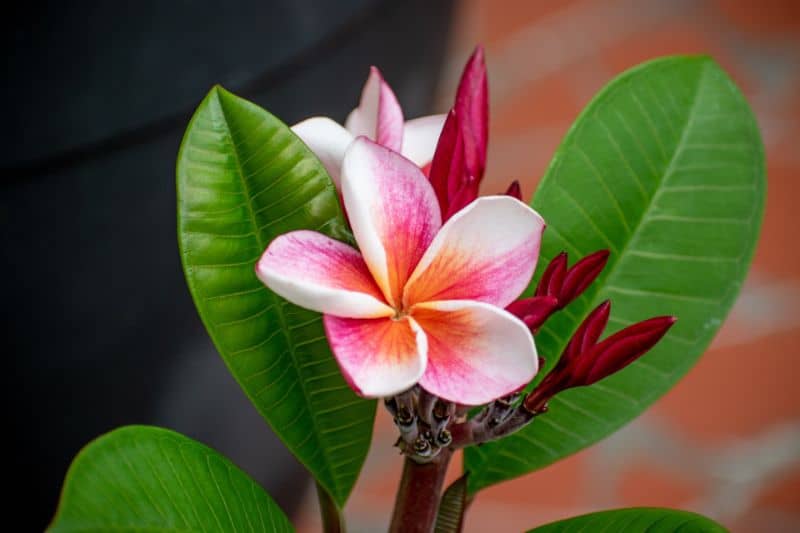
Frangipanis are iconic in many Australian gardens and can be planted in June. Thriving in tropical and subtropical climates, these beautiful flowering plants prefer warmer conditions.
Growing Detail: Well-drained soil is essential, and frangipanis thrive in full sun. Fertilize with balanced nutrients to encourage flowering.
Fuchsias (Fuchsia spp.)
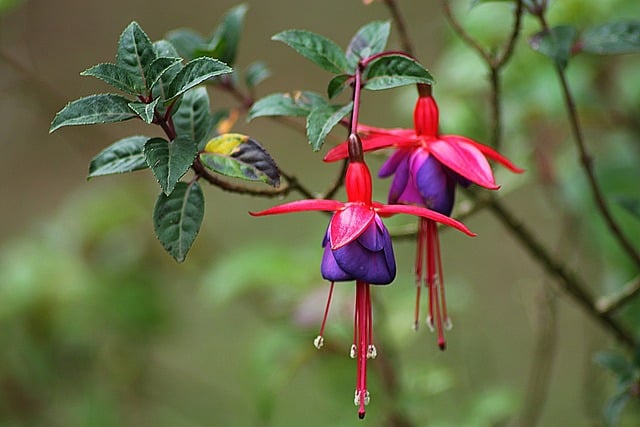
Fuchsias are excellent for cooler gardens and can be established in June for stunning summer blooms. They thrive in USDA zones 8 to 10.
Growing Detail: These flowering shrubs prefer partial shade and moisture-retentive soils. Regular watering is necessary, especially during dry spells.
Bougainvillea (Bougainvillea spp.)
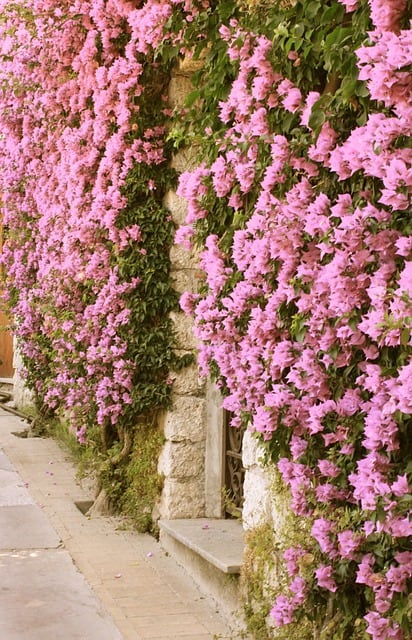
Although often associated with summer, bougainvilleas can be planted in June in warmer areas of Australia (USDA zones 10 to 11). They thrive in warmer temperatures and full sun.
Growing Detail: Ensure proper drainage to prevent root rot. Once established, bougainvillea requires minimal water, making it an ideal choice for low-maintenance gardens.





